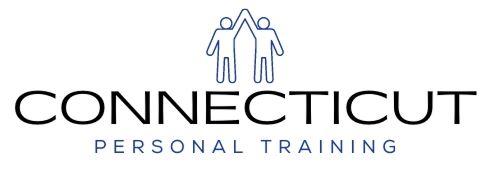Understanding Traditional Strength Training
Traditional strength training is also known as the conventional or basal strength training which mainly involve routines in developing strength and muscles. This type of training aims at developing one’s muscularity, skeletal mass, and general well-being and health. This article will explain what traditional strength training is, the benefits of engaging in this training, equipment that is required for strength training and likeness, and how one can incorporate strength training into their workout routines.
Key Components
- Free Weights:Free weight exercises include barbells, dumbbells, kettlebells, and medicine balls. This equipment offers a range of exercises that can be tailored to meet individual needs and fitness levels.
- Calisthenics:These involve exercising with one’s body weight only and is generally compound in nature. Some of the most common examples of such exercises are push-ups, pull-ups, squats, and lunges.
- Resistance Bands:It is an elastic type where they offer resistance and is the most suitable for strength exercises and physical therapy. It is mobile and can be used to include intensity into body weight exercises.
Benefits of Traditional Strength Training
Traditional weight training possesses a large number of benefits that have a positive impact on the individual’s strengths.
Some of the main advantages that we can list are as follows:
Improved Muscle Strength and Mass
Traditional strength training is used to build up muscle strength and muscle bulk as its major positive effect. Since free weight and bodyweight exercises make you use your muscles repeatedly, the growth and development process of the muscles is encouraged. It also improves the learner’s strength and stamina levels in addition to improving his/her appearance.
Enhanced Bone Density
Aerobic exercise plays a crucial role in strength training, particularly when it comes to enhancing bone mass. The stress placed on your bones during exercises like squats and deadlifts contributes to bone growth and enhances the skeletal system. This is particularly important as you age to help safeguard against conditions such as osteoporosis.
Increased Metabolic Rate
Incorporating this along with regular weight training can effectively contribute to muscle growth, which in turn may lead to an elevated metabolic rate. Muscle tissue boasts a higher basal metabolic rate compared to fat tissue. Consequently, individuals with a body predominantly made up of muscle will find it easier to maintain their weight with less effort.
Better Joint Health
Strength training offers numerous advantages for joint health. By focusing on strengthening the muscles around the joint area, you can enhance support and significantly reduce the risk of injury, along with alleviating any pain experienced in the affected joints.
Mental Health Benefits
Taking a short time to engage in strength training is also well known to have an impact on mental health. It can lead to a decrease of anxiety and depression levels, makes people more satisfied and increases their quality of living through improving their thought processes. Likewise, the psycho-social benefits of following through with laid down physical training goals that come in the form of improved self-esteem also enhance an individual’s mental health.
Traditional Strength Training Equipment
As in most other forms of training you will require basic equipment to practice traditional strength training.
Here is what one might require:
Free Weights
Dumbbells: These are versatile in their usage and thus preferred by many people in their exercising routines.
Barbell: This equipment is recommended for multiple joint exercises such as squatting and lifting, and enables you to carry much weight.
Kettlebells: They are useful in dynamic movements that can be done to various parts of the body.
Bodyweight
Pull up bar: A pull up bar in the home could be beneficial or make sure they can access one in the gym for pull up and chin up exercises.
Push-up Mat: In addition to the regular push-up, there is cushioning on the mat while performing push-up exercises.
Resistance Bands
Elastic bands: These are of different intensity and are useful in exercising that involves lifting weights.
How to Incorporate Traditional Strength Training into Your Routine
Set Clear Goals
Know your goal on strength training; it may be muscle building, powerlifting or any of the following categories of fitness. To be on track, have a laid down guideline of what you intend to achieve when making the workout plan.
Start with Basic Exercises
The program should include basic callisthenics that involve large muscle groups. We can begin with exercises that require you to squat, deadlift, bench press and row. To avoid getting injured and to be as effective as possible while exercising, one has to have proper form and especially correct technique in his or her exercise.
Progress Gradually
Over time, the need to work with weights or resistance bands is introduced and when performing the exercises, the intensity is steadily ramped up. This kind of overload is the one that brings about changes progressively and this is good for improvement and the growth of muscles.
Balance Your Routine
Keys to follow are flexibility, integration, stability, moderation, and progressiveness, it is advised that the exercises should target all muscle groups like upper limbs, lower limbs, and trunk muscles. This is good for overall body development and will reduce the chances of muscle imbalance.
Rest and Recover
When it comes to strength training, recovery should be treated with the same consideration as training. Your workout regimens must be well planned, and you must give your muscles time to relax and recover through sleep.




